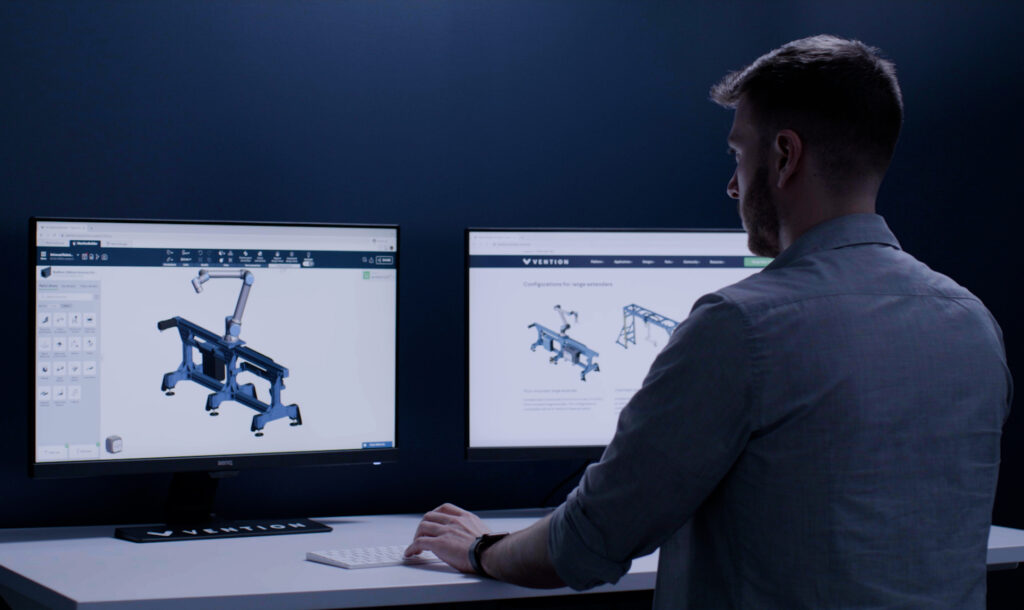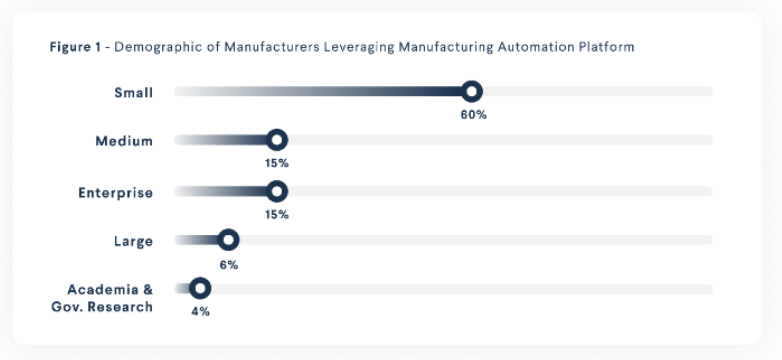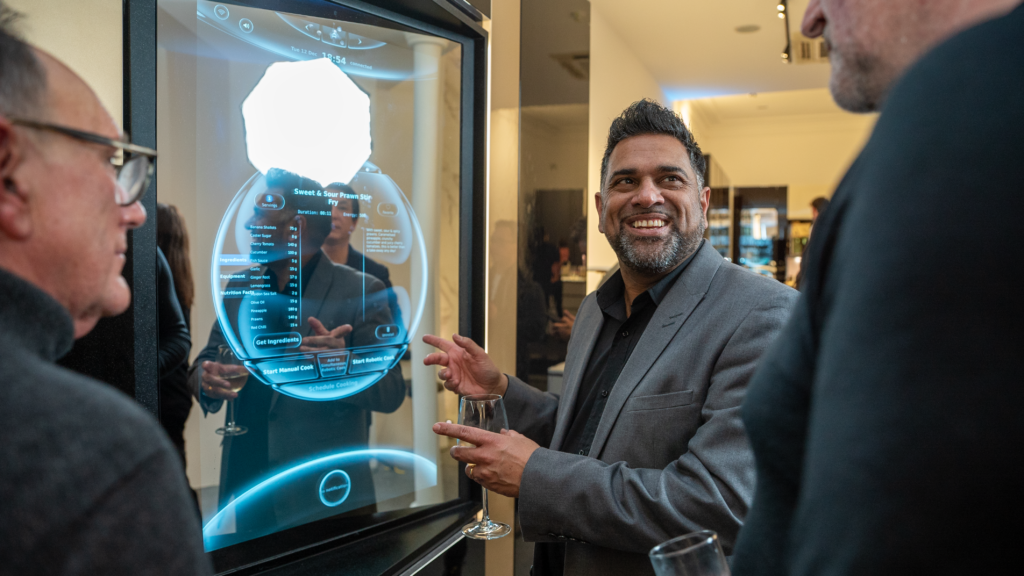Bochum – 13. Februar 2024 – Vom 20. bis zum 24. Februar 2024 präsentiert die United Robotics Group (URG) auf der „didacta – die Bildungsmesse“ in Köln ein umfassendes Robotik-Portfolio speziell für den Bildungssektor. Im Rahmen der Fachmesse zeigt der europäische Marktführer für Servicerobotik das Anwendungspotenzial seiner Lösungen insbesondere in den Bereichen ‚Programmieren‘, ‚Spracherwerb‘, ‚Fachunterricht‘ und ‚Rehabilitation‘. Die United Robotics Group engagiert sich bereits seit vielen Jahren im Bildungssektor. Mit über 700 Ausstellern aus mehr als 60 Ländern ist die didacta Europas größte Fachmesse für Lehrkräfte aller Bildungsbereiche und das wichtigste Weiterbildungsevent der Branche.
Im Bildungswesen wird der Robotik eine immer wichtigere Rolle zuteil. Hier werden die Fachkräfte von morgen ausgebildet. Deutschland sollte alle Möglichkeiten nutzen, um im internationalen Vergleich bei der Integration von Robotik im Bildungsbereich mithalten zu können.

Dazu Dr. Nadja Schmiedl, CTO der United Robotics Group: „Angesichts der aktuellen gesellschaftlichen Herausforderungen gilt es, den Fortschritt zu beschleunigen und dabei das Potenzial jedes Einzelnen freizusetzen. Es geht um nichts Geringeres als die systematische Vorbereitung auf die Anforderungen von morgen. Mit smarten Lernprogrammen wie zum Beispiel Robotern kann gerade in naturwissenschaftlichen Fächern ebenso die Motivation gefördert werden wie die Kreativität. So wollen wir den Nachwuchs fit für die Zukunft machen – und zwar unabhängig von Herkunft oder Ressourcen. Unsere Vision ist es, Bildung nicht zu einem Privileg, sondern zu einem universellen Recht zu machen.“
Vielseitige Plattformen für Bildungsinstitutionen
Die United Robotics Group wird am Stand F-09 in Halle 06.1 unterschiedliche Lösungen für den Einsatz im Unterricht und für die Reha vorstellen. Hier zeigen die humanoiden Roboter NAO und Pepper ihre Fähigkeiten. Beide sind als vielseitige Plattformen bereits seit vielen Jahren erfolgreich im Bildungswesen im Einsatz. Dort werden sie unter anderem als Assistenten für pädagogisches Personal, aber auch für Schüler*innen mit Handicaps wie Autismus oder Verhaltensauffälligkeit genutzt. Konkret zeigt die United Robotics Group gemeinsam mit verschiedenen Partnern folgende Lösungen:
- Zusammen mit dem niederländischen Unternehmen Interactive Robotics präsentiert United Robotics Group die Lösung RobotsindeKlas, mit der die Lehrkräfte auf einfache Weise die analytischen, sozialen und emotionalen Fähigkeiten ihrer Schüler*innen fördern können. Die Plattform ermöglicht es den Schüler*innen, eine Reihe von Fähigkeiten zu trainieren, von Arithmetik und Sprache bis hin zu Präsentation und Programmierung.
- Jupyter AI Package NAO: Die Integration der NAO-Roboter in Jupyter Notebook bietet Lehrkräften eine wertvolle Möglichkeit, den Unterricht in den Bereichen Programmierung, Datenwissenschaft und maschinelles Lernen zu verbessern und interaktive, praktische Lernerfahrungen für Schüler*innen zu schaffen. Die Lösung unterstützt die effiziente Planung von Unterrichtsstunden, die Zusammenarbeit in der Klasse und die Auseinandersetzung mit realen Robotik-Anwendungen und macht die Lernerfahrung ansprechend und anpassungsfähig für verschiedene Lehrplananforderungen.
- Applikation „Mein Freund NAO”: Die Anwendung hebt die Vorteile von NAO hervor, wenn der Roboter als spezielles pädagogisches Werkzeug verwendet wird, das besonders für Kinder mit Autismus oder anderen neurologischen Entwicklungsstörungen nützlich ist. Zu den Hauptmerkmalen gehören individuell anpassbare Sitzungen, die auf das Profil des Kindes zugeschnitten sind, pädagogische und spielerische Anwendungen, verschiedene Aktivitäten wie Tanz, Bewegung, Spiele und Geschichten sowie die Entwicklung motorischer Fähigkeiten.
- In Zusammenarbeit mit InRobics revolutioniert NAO die Physiotherapie in Rehabilitationszentren und Krankenhäusern. Der humanoide Roboter steigert die Motivation, Aufmerksamkeit und Therapietreue der Patient*innen durch Einzel- und Gruppentherapiesitzungen, tägliche Routinen und spielerische Inhalte wie Challenges und aktive Ruhephasen. Darüber hinaus umfasst das Programm Datenanalyse- und Berichterstellungswerkzeuge, die es dem medizinischen Personal ermöglichen, die Therapiepläne auf der Grundlage der individuellen Reaktionen zu optimieren.
- Pepper powered by ChatGPT4: Die Integration von Pepper in ChatGPT4 eröffnet eine neue Dimension der Interaktivität und Ausdrucksfähigkeit. Diese Synergie zwischen fortgeschrittener Sprachverarbeitung und körperlichem Ausdruck macht die Interaktion nicht nur informativ, sondern auch unterhaltsam. In Bildungseinrichtungen bietet die Kombination von ChatGPT4 und Robotern einen innovativen Ansatz für interaktives Lernen. Lernende können personalisierte Unterstützung erhalten, Fragen stellen und an dynamischen Unterhaltungen teilnehmen, die reale Interaktionen nachahmen.

Der erste Service-Cobiot Plato, NAO mit der Lösung von Interactive Robotics sowie Pepper mit ChatGPT4 sind auch auf dem Gemeinschaftsstand der Mobile.Schule Campus im Rahmen der Digitalen Bildungswochen in Halle 7 an den Ständen C060, C061, B060, B068 und C059 vertreten.
Das breite Einsatzspektrum der URG-Lösungen im Bildungsbereich zeigt die zentrale Rolle der Robotertechnologie bei der Förderung von Lernenden in vielen Bereichen. Auf der didacta können sich die Besucher*innen ein umfassendes Bild davon machen.


















